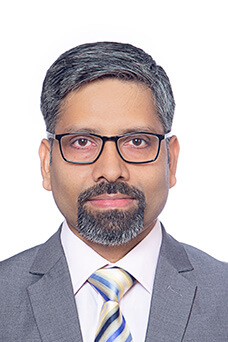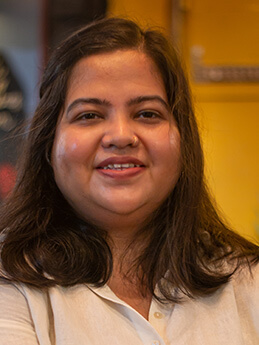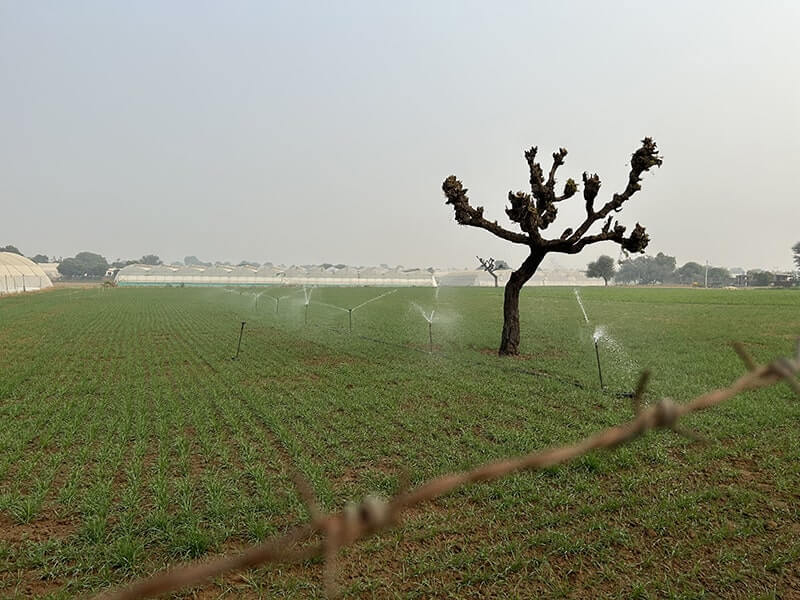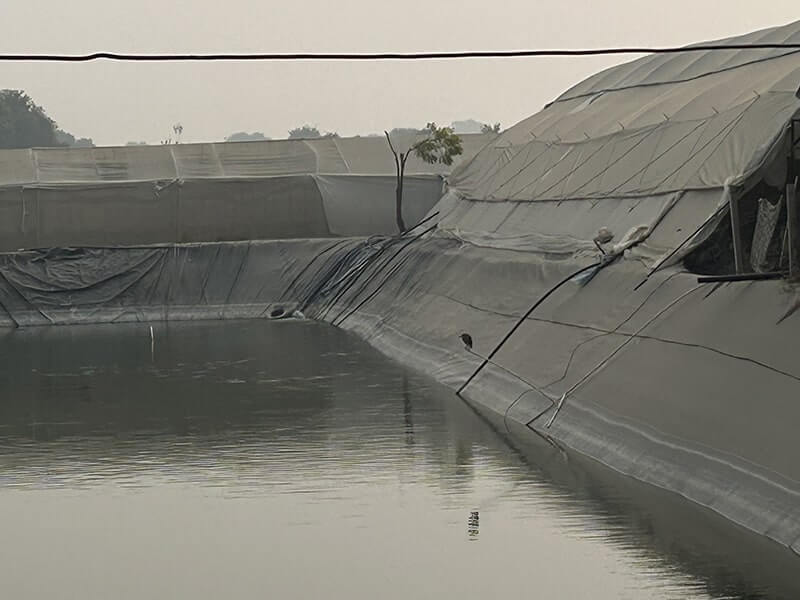The 500-odd farmers of Gurha Kumawatan, a village in arid Rajasthan, are now millionaires thanks to polyhouse farming. Their hard work, innovation and unlimited ambition offers a path to prosperity for others in India.
India’s water crisis isn’t just a story of scarcity. It’s a story of who gets to measure, manage, and make decisions. Across the country, farmers are stepping up as citizen scientists, using simple tools to reshape how we understand and protect groundwater.
 Debaranjan Pujahari
Debaranjan Pujahari  Kangkanika Neog
Kangkanika Neog 
Across India’s farmlands, the water table is dropping faster than ever, and the data meant to protect it is falling short. Decisions that shape the future of farming are still made with outdated maps, incomplete surveys, and distant models that miss what’s right beneath the soil. But that’s beginning to change, not through high-tech labs alone, but through a new force reshaping rural India: farmers themselves.
Agriculture consumes more than 80% of India’s water, yet the way we manage it has long relied on incomplete data and top-down decisions. Government assessments often focus on macro-level indicators, which may not fully account for site-specific variables like borewell depth or moisture levels in the soil. Check dams are built, but dry up. Aquifers are tapped, but rarely replenished. And all the while, farmers are left to make high-stakes decisions: when to plant, how much to irrigate, what to expect from the next season.
But what if the very people facing the brunt of these choices were equipped and empowered to inform them?
A recent study by the Sattva Knowledge Institute found that every year, corporations pour over ₹265 crores into water conservation efforts. But here’s the catch: over half of that money goes into one-time studies that often remain behind paywalls. The data doesn’t reach the hands of farmers. It doesn’t help policymakers come up with long-term solutions. And crucially, it rarely captures the real, ground-level dynamics: the borewells that go unnoticed, the aquifers that silently dry up.
Official monitoring systems mostly track shallow wells, missing the deeper borewells farmers actually depend on. The result? Skewed estimates, misplaced interventions, and growing mistrust between rural communities toward government schemes.
A different approach is helping shift this dynamic – treating farmers as citizen scientists, partners in gathering, interpreting, and acting on water data. It’s not about replacing satellites or experts. It’s about connecting their insights to what’s happening on the ground.
Open-source platforms like CoRESTACK are leading the way. In Tamil Nadu’s Kaveri Delta, for instance, farmers worked with researchers to map over 800 wells, revealing that borewells are drilled up to ten times deeper than those the government tracks. That single insight has changed how irrigation decisions are made, moving from guesswork to evidence-based planning.
Government-backed tools are also stepping up. The Jaldoot App, launched by the Ministry of Rural Development, trains village volunteers—aptly named Jaldoots—to measure well levels twice a year. It’s simple, low-cost, and effective. These measurements help identify water-stressed areas, informing farmers when to sow, how to conserve, and where to focus community efforts. Unlike expensive corporate studies, this model is scalable, grassroots, and built to last.

In Maharashtra, a Water Budget Dashboard developed by IIT Bombay ran into a common problem: the satellite-derived soil data wasn’t accurate enough. The fix? Turn to farmers. By incorporating their observations on local soil texture, the project created a high-resolution tool that provides hourly water balance estimates. That’s not just data, that’s real-time guidance farmers can use.
It’s not just about collecting better data, but about who gets a seat at the decision-making table. The Composite Landscape Assessment & Restoration Tool (CLART), developed by the Foundation for Ecological Security, enables even semi-literate rural communities to design water harvesting structures tailored to their land. In over 1,500 Gram Panchayats, farmers are designing ponds and recharge systems that actually work, because they’re based on local knowledge, not generic templates.
These efforts succeed because they blend top-down and bottom-up data. Satellite platforms like India-WRIS offer invaluable regional insights on groundwater levels, cropping patterns, and rainfall trends. Complementing these, however, is the need for more granular data to inform decisions at the village level. CoRESTACK takes it further, mapping wells with sub-meter accuracy. Yet even that’s not enough without farmer input. Only they can report on borewell use, seasonal water shifts, or sudden changes in recharge patterns.
The path forward is clear. Corporates must move beyond isolated studies and partner with local communities. Funding open-data ecosystems, supporting NGO-led training, and embracing farmer-generated inputs will create a shared knowledge base that benefits everyone, from the policy table to the paddy field.
Platforms like India Observatory and CoRESTACK can democratize access to essential indicators—drought frequency, soil moisture, and crop suitability. When farmers are equipped with this data, they don’t just adapt, they innovate. They become co-authors of their future.
This goes beyond just about apps or dashboards, it’s about changing how we see our farmers. They’re more than beneficiaries; they’re active participants, planners, and custodians of India’s water resources. Furthermore, tools like Jaldoot and CLART prove that local knowledge, when properly harnessed, can outmatch even the most sophisticated models in relevance and impact. As India stares down a looming water crisis, embracing citizen science isn’t just smart – it’s essential.
The answer to India’s water woes won’t come solely from boardrooms or bureaucracies. It will come from fields, farms, and village wells, where data meets lived experience, and where farmers, armed with insight and agency, reclaim their role as guardians of the land.
(Debaranjan Pujahari is a Partner at Sattva Consulting, where he leads the Agriculture Practice Area, and Kangkanika Neog is an Engagement Manager with the Agriculture Practice at Sattva Consulting.)
The 500-odd farmers of Gurha Kumawatan, a village in arid Rajasthan, are now millionaires thanks to polyhouse farming. Their hard work, innovation and unlimited ambition offers a path to prosperity for others in India.